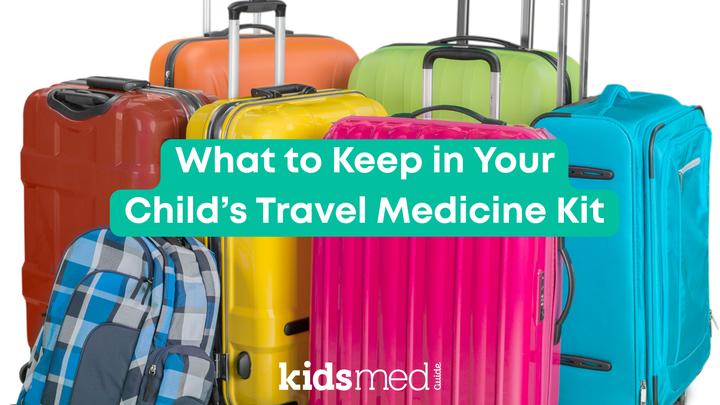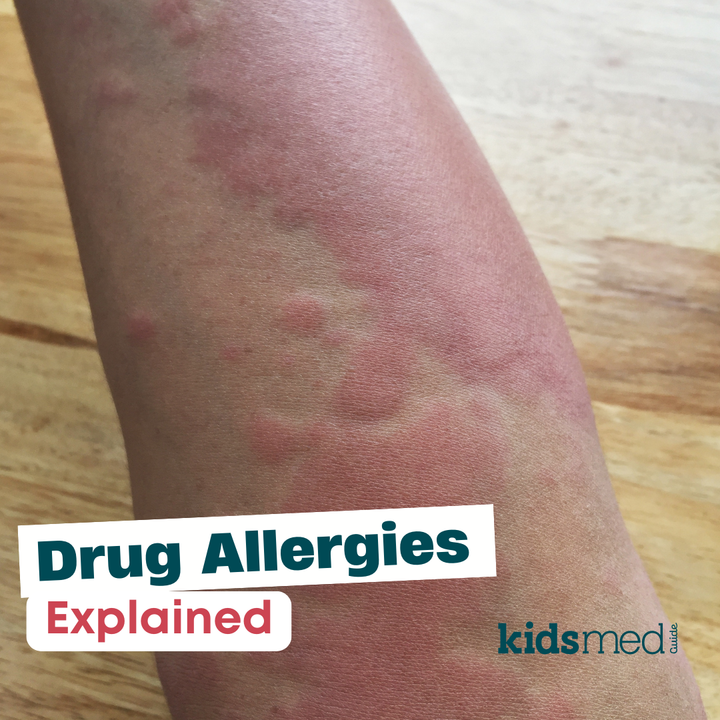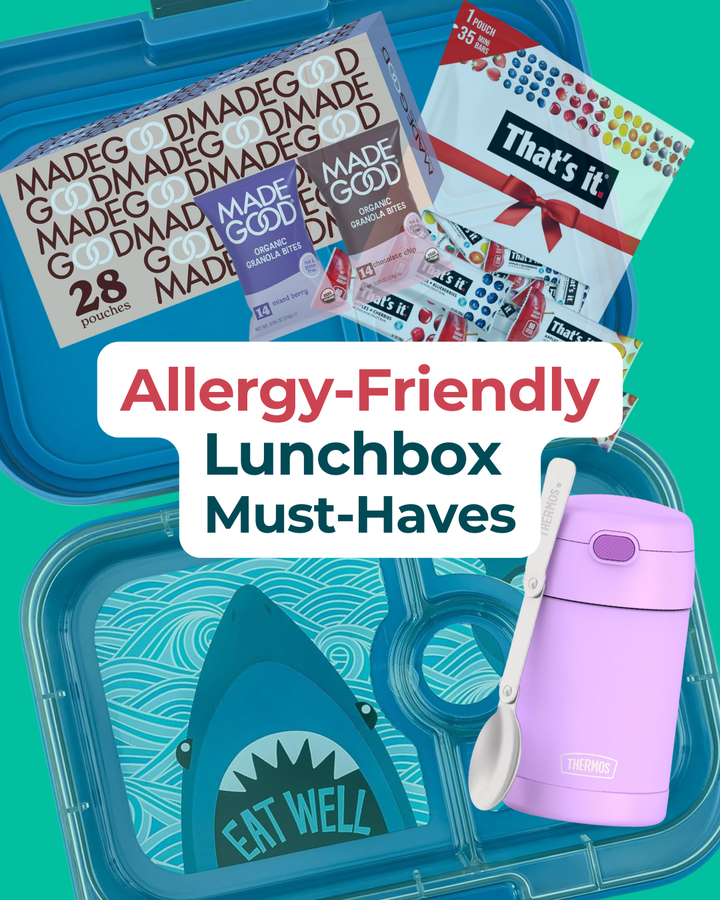The Best Diaper Rash Creams
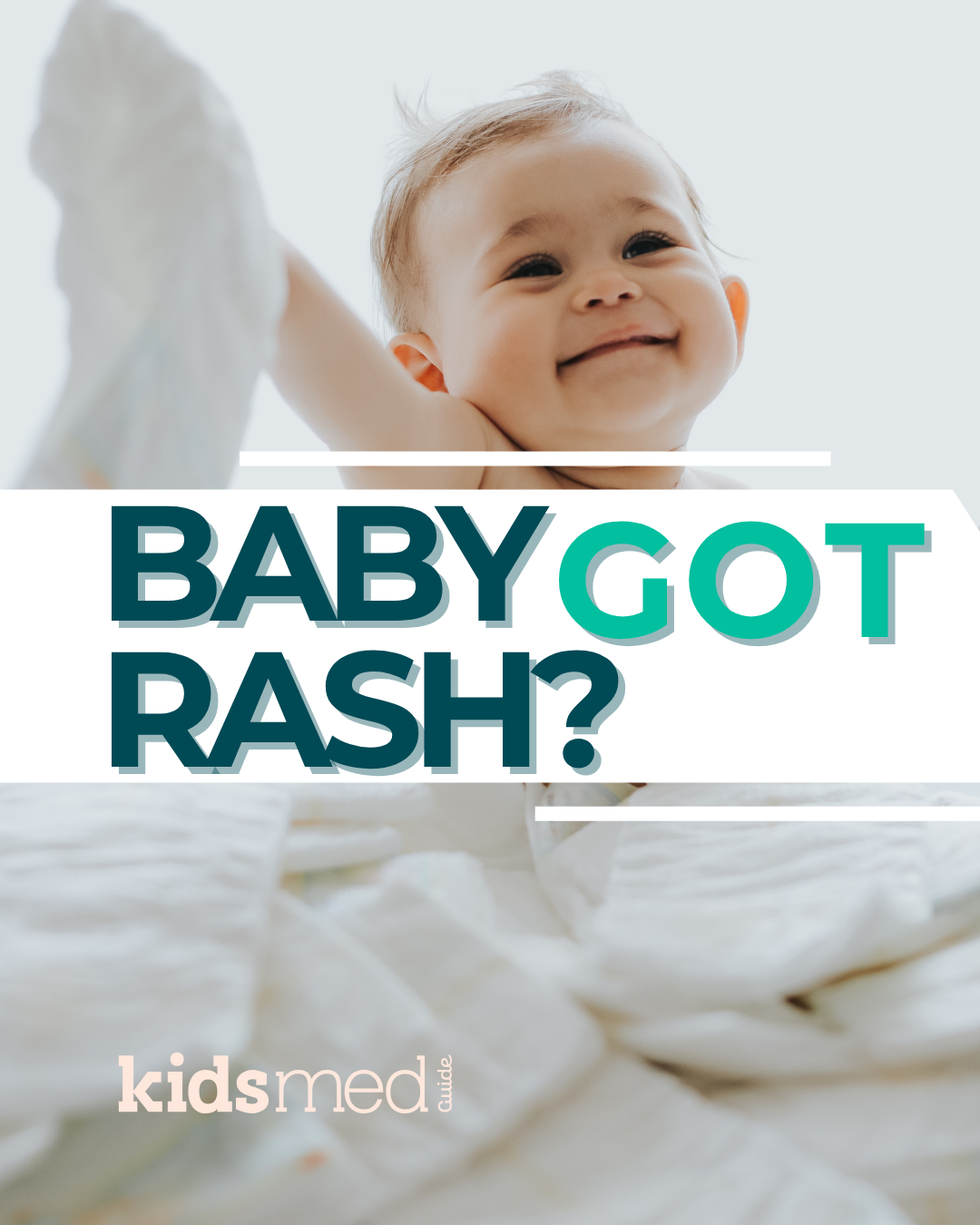
Check out our expert picks from KidsMedGuide for comfy baby buns!
But first, are you struggling with diaper rash? Read our Diaper Rash Treatment guide for tips and tricks on preventing and treating diaper rash in babies!
Preventing Diaper Rash
The key to prevention is keeping your baby clean and dry. Change soiled diapers immediately. Use a barrier ointment at night or for prolonged periods in a diaper (such as during car rides). Let your baby air dry when possible after wiping and before applying a new diaper.
Some high-quality products can also be helpful!
Invest in good quality diapers
If your cherub is prone to diaper rash, keeping them clean and dry with a high-quality, absorbent diaper may help. What brand you select is a personal preference... the preference mainly being how well they contain blowouts!
Look for diapers that fit your baby well and ensure they are affordable, readily available, and the correct size. Diapers that are too small or rub the skin make an irritant rash more likely.
Once you find something that works - stick with it! Changing diaper brands could irritate the skin.
Our tried-and-true favorite at KidsMedGuide? Pampers Swaddlers! We've been a Swaddler family for almost 10 years, give or take a few years between toddlers.
And much to my chagrin, we'll continue to be a Swaddler family for the foreseeable future, thanks to my toddler's outright refusal to use a potty, as evidenced in The Diaper Chronicles, Part 1.
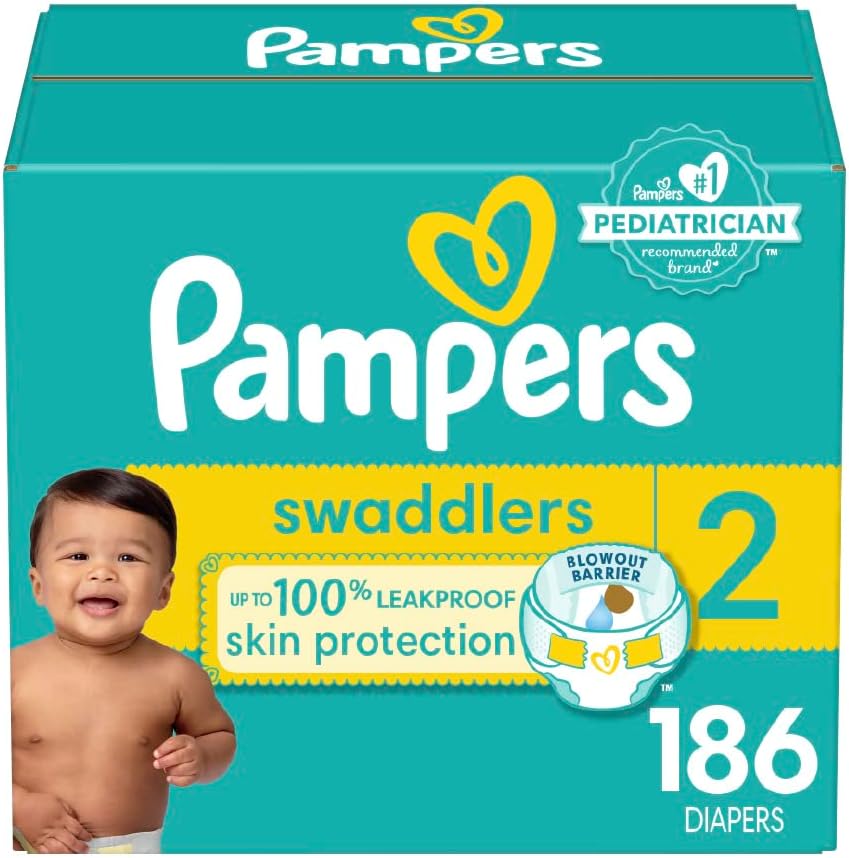
Barrier cream for preventing diaper rash
At nighttime, in addition to a high-quality absorbent diaper, consider using a barrier cream. Before bedtime, clean your baby with warm water or in the tub. Once they are completely dry (pat or air dry, but avoid rubbing!), apply a thick barrier cream before attaching the diaper.
Barrier creams prevent urine and stool from sticking to the skin. Some people use it all the time if their child is prone to diaper rash or is a young infant with lots of poop diapers.
Barrier cream ingredients may include petrolatum or dimethicone. They are sold under many different trade names. This is also a trial-and-error process, finding a cream that works well for your baby.
That being said, some clear winners stand out! Our favorite is Aquaphor for a thick ointment to protect the skin (use this if you're anticipating a blow-out, diarrhea, or a soaker of a night!) Aquaphor comes in many different varieties and may have different inactive ingredient options that you can play around with if your baby has sensitive skin.
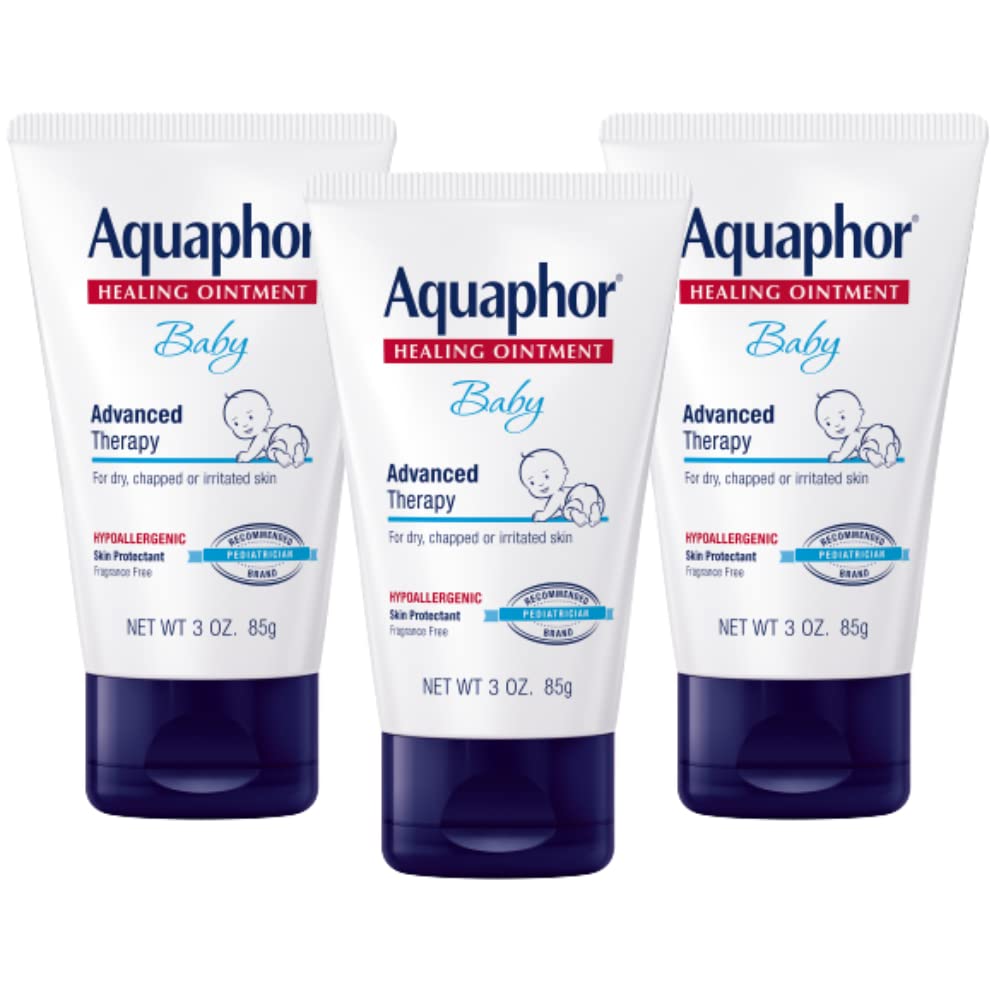
Treating Diaper Rash
And preventing it!
Once the diaper rash has settled in or started to brew, you likely need to up your game a bit with a cream or ointment that protects the skin with a barrier but also contains something like zinc oxide to help calm the irritation.
There are countless products available, but two reliable favorites that everyone seems to love are Boudreaux's Butt Paste (which should make you laugh, if nothing else) and Desitin. My fave? Boudreauxs! It also comes in dye-free formulations.
Boudreauxs butt paste:
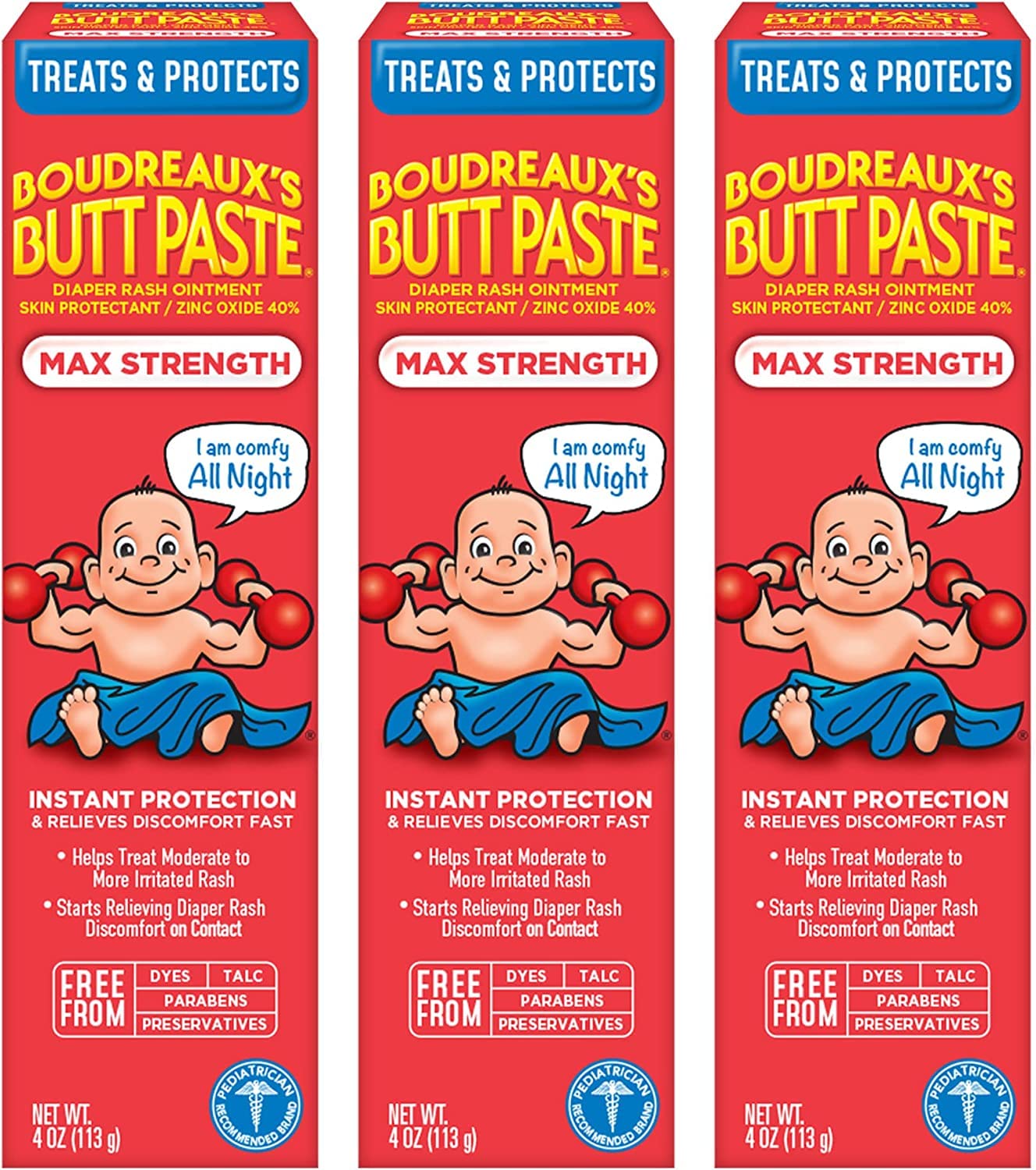
Desitin:

Honorable mention:
My favorite, more natural product is Earth Mama Baby Diaper Balm. This is great if you prefer to avoid ingredients like zinc or petroleum. (P.S. - In my opinion, those ingredients are safe when used judiciously and as instructed, but each parent has their comfort level with topical ingredients for their baby's bum.)
Earth Mama is EWG verified and suitable for sensitive skin. I don't think this product will work on a severe rash, but I've had GREAT luck with it when I notice that my baby's bottom is just starting to turn a little pink, or if I accidentally left them in a wet diaper for too long. If I apply it right away, it heals pink, irritated skin quickly! It smells nice, too.
I think this is a great, natural option to have in your diaper caddy for quick treatment or prevention, and you can save the Boudreauxs, Desitin, or Aquaphor for when you need the big guns!
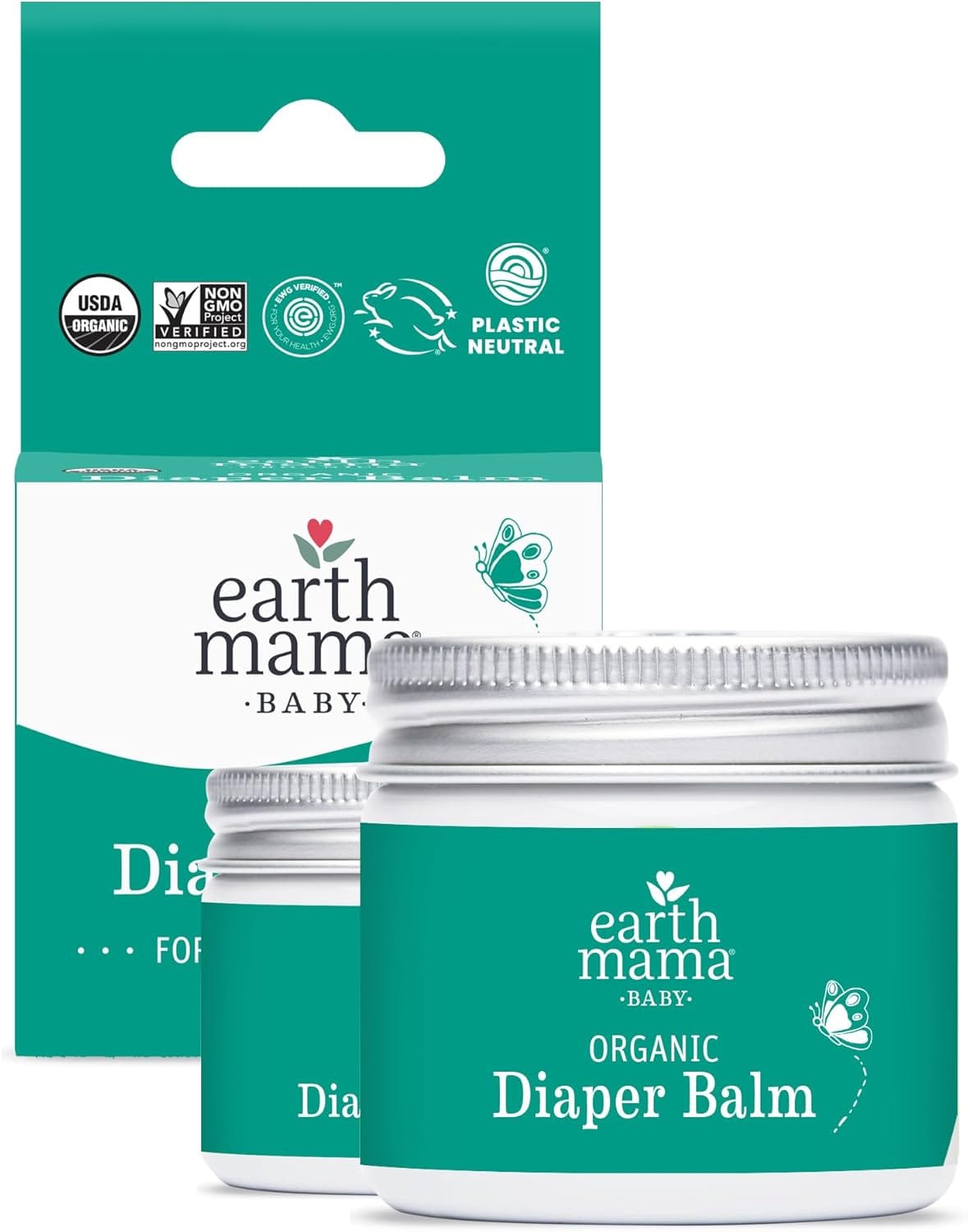
Final Thoughts: Diaper Rash Creams
Choosing a diaper rash cream may involve a bit of trial and error. If one doesn't work, try another! It might be a good idea to start with small package sizes until you determine what works best for your baby.
Keep in mind that if rashes are severe or if you suspect a bacterial or yeast infection, you should contact your pediatrician. Read more: Diaper Rash Treatments
Regardless of which product you choose, the key to preventing and treating diaper rashes is keeping the skin clean and dry. Choose a well-fitting, absorbent diaper, change it frequently, and clean stool and urine as soon as possible. Use warm water to clean irritated skin, and pat it dry. Let the baby air dry when possible, and apply cream afterward. You got this!
KidsMedGuide.com may receive affiliate commissions for any products purchased using the links above. Thank you for supporting KMG through any purchases.

